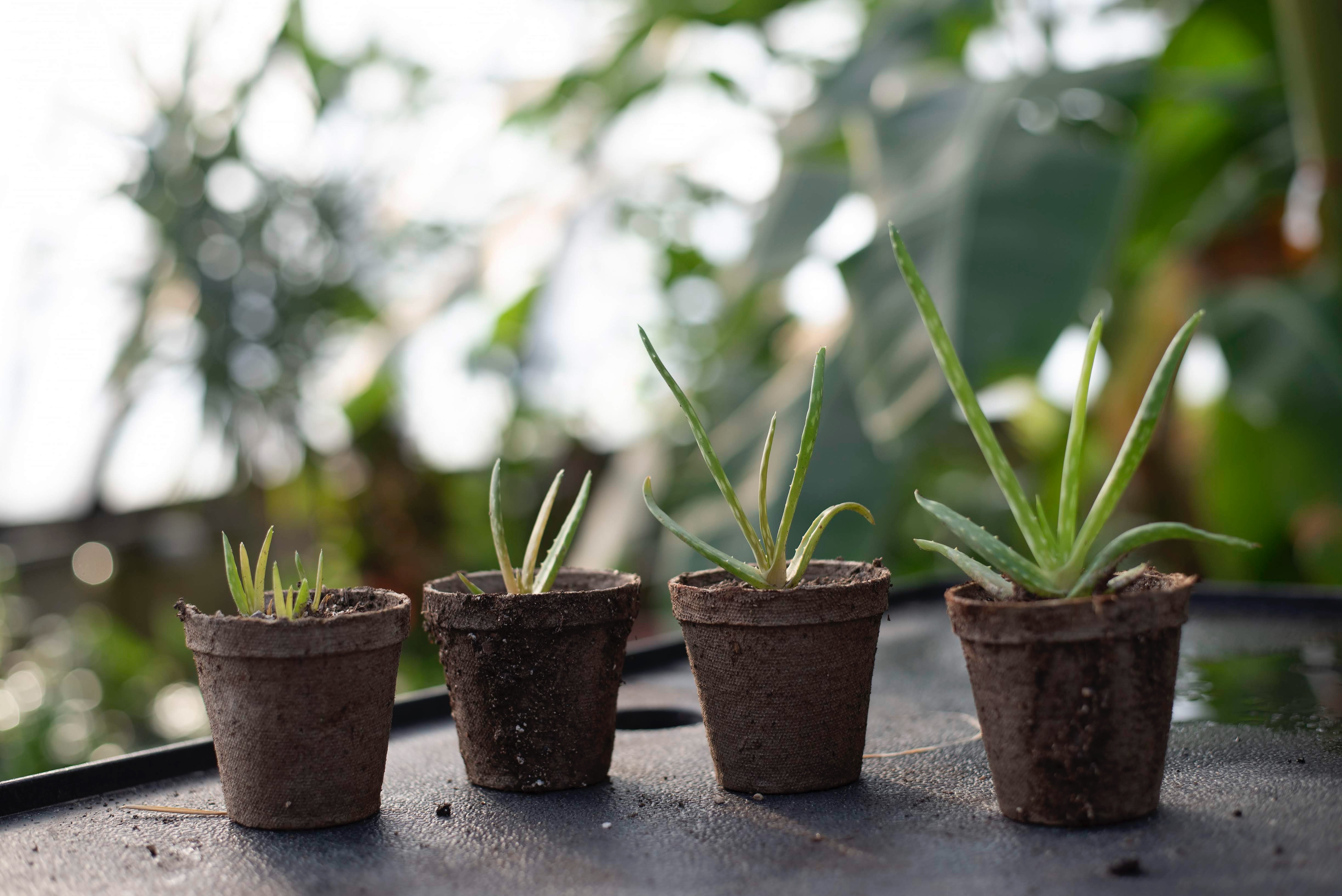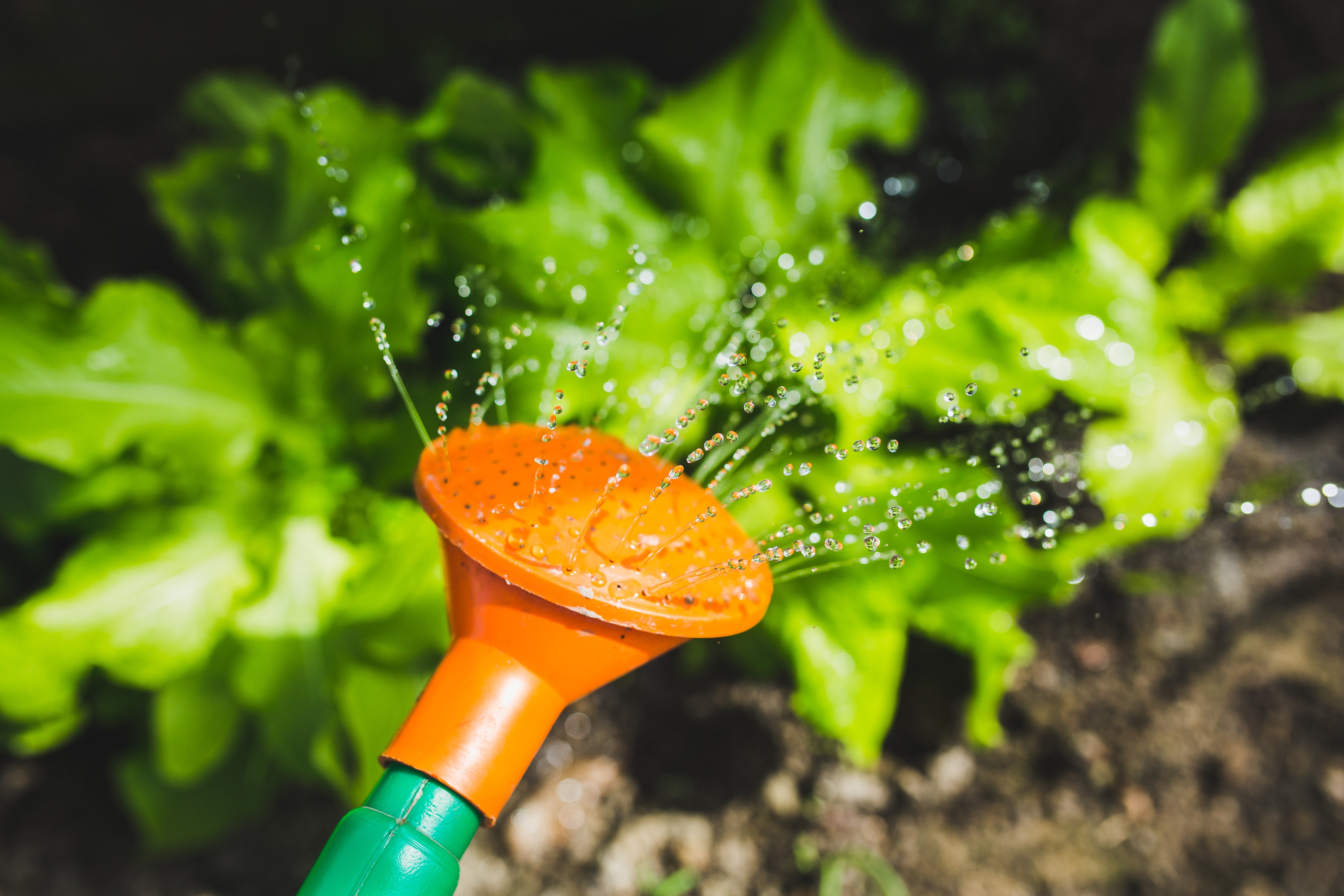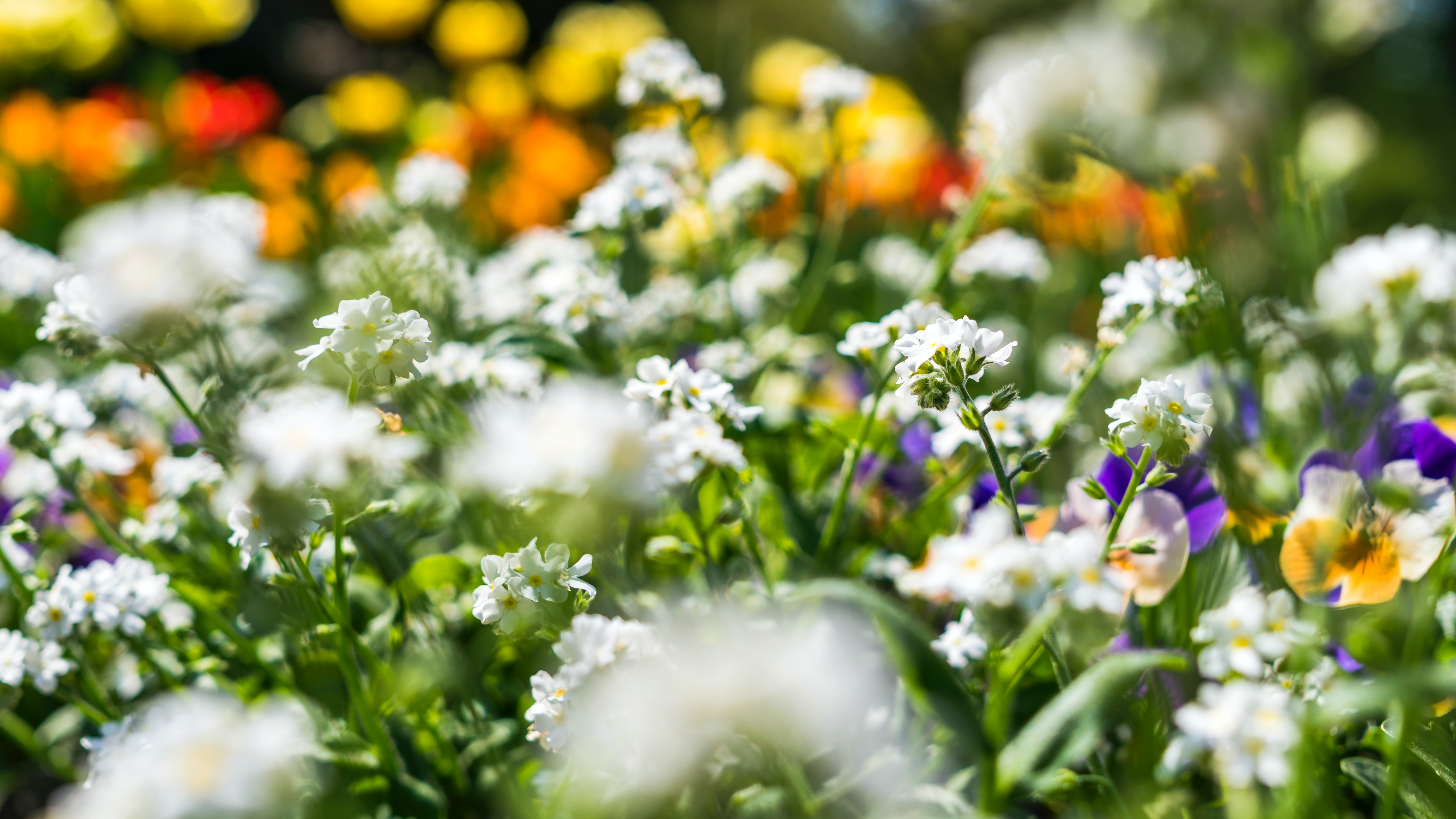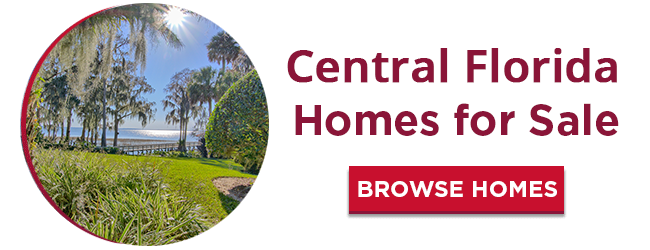Gardening can be one of the easiest ways to transform your yard and a very rewarding pastime! Watching the seeds that you planted and nurtured overtime grow and blossom can be such a fulfilling experience. From beautiful flowers, glossy leaves, colorful fruits, and fresh ingredients, it's like having your own piece of Mother Nature right at your fingertips!
Let's take a look at how to start your very own backyard garden in your Central Florida home:
Getting Started

Starting a backyard garden can be easier than you may think. For the easiest experience, it is crucial to plan and have a layout before you start your gardening process.
1. Finding the Right Spot
The spot you choose for your garden should depend on various factors. Most require adequate sunshine to grow so ensure that you choose a spot in your backyard that receives maximum levels of sunlight. The place should also be relatively flat since sloping pieces of land can be difficult.
2. Test Your Soil
All soils are not created equal, and having knowledge of your backyard soils will help you in choosing the right garden plants. Testing may be a good idea as it helps you know your soil pH, texture, and type of soil. Most plants generally require a neutral pH of about 6-7 which is slightly acidic to neutral. Others, like blueberries and azaleas, prefer a more acidic soil while plants like ferns or asparagus thrive best in soil that is neutral to slightly alkaline.
3. Finding Your Garden Plants

Gardens come in many shapes and sizes; you can have a vegetable garden, a fruit garden, or even a flower oasis. Choosing your garden plants depend mostly on the climate and soil. Luckily, for Florida's Climate it's easier to find a list of plants that don't grow versus a list of those that do, but we've got a few examples to help get you started.
For flowers in Florida, some of the best to grow are Pentas, Lantana, Buttercup, and the beautiful tropical shrub, Persian Shield! For veggies, tomatoes, cucumbers, peppers, and carrots are always great options. For fruits, avocados, cantaloupe, and blueberries can work too.
4. Getting Those Garden Tools

One of the most exciting things about gardening is that you can do it all yourself and many find it therapeutic. Planting can be done using essential gardening tools that are available at your local tool store. Equip yourself with:
- Basic Hand Tools
- Garden Hoe
- Leaf Rake
- Drift Rake
- D hand shovel
With these "groundbreaking" tools, you'll be ready to get started!
5. Prepare Your Beds
One of the most important tasks is preparing your garden beds.
First, determine whether you need or want raised or flat garden beds. In drier climates where the soil often breaks up, flat or sunken beds are preferable. Also, a flat bed requires less building materials versus a raised bed, therefore, reducing some cost. Raised beds may be best in some situations though since they can help provide better drainage and help keep the weeds away.
Garden bed sizes vary depending on the site and materials being used, but dimensions for most gardens can range from a width of 4 to 5 feet. The bed length should be about 10 feet.
6. Grow your Seeds or Transplants
When all is said and done, you have to grow your seeds and transplants in your beds. One good tip is to use mulch instead of heavy chemical fertilizers. Each plant is unique and has its guidelines for growing, so to be on the cautious side, ensure that you research and understand the necessary growing requirements of each plant seed or transplant you choose before you start.
7. Water Your Garden

Watering is the easiest, and maybe one of the most important parts of growing a backyard garden. Ensure to water frequently or at least daily while the plants are still young. Once the roots are clearly established, you can water the plants weekly or twice a week. Watering frequency should always depend on the climate. Avoid overwatering as it could damage the plants, and water only until the soil is moist.
8. Companion Plants

Your Home Grown Garden









